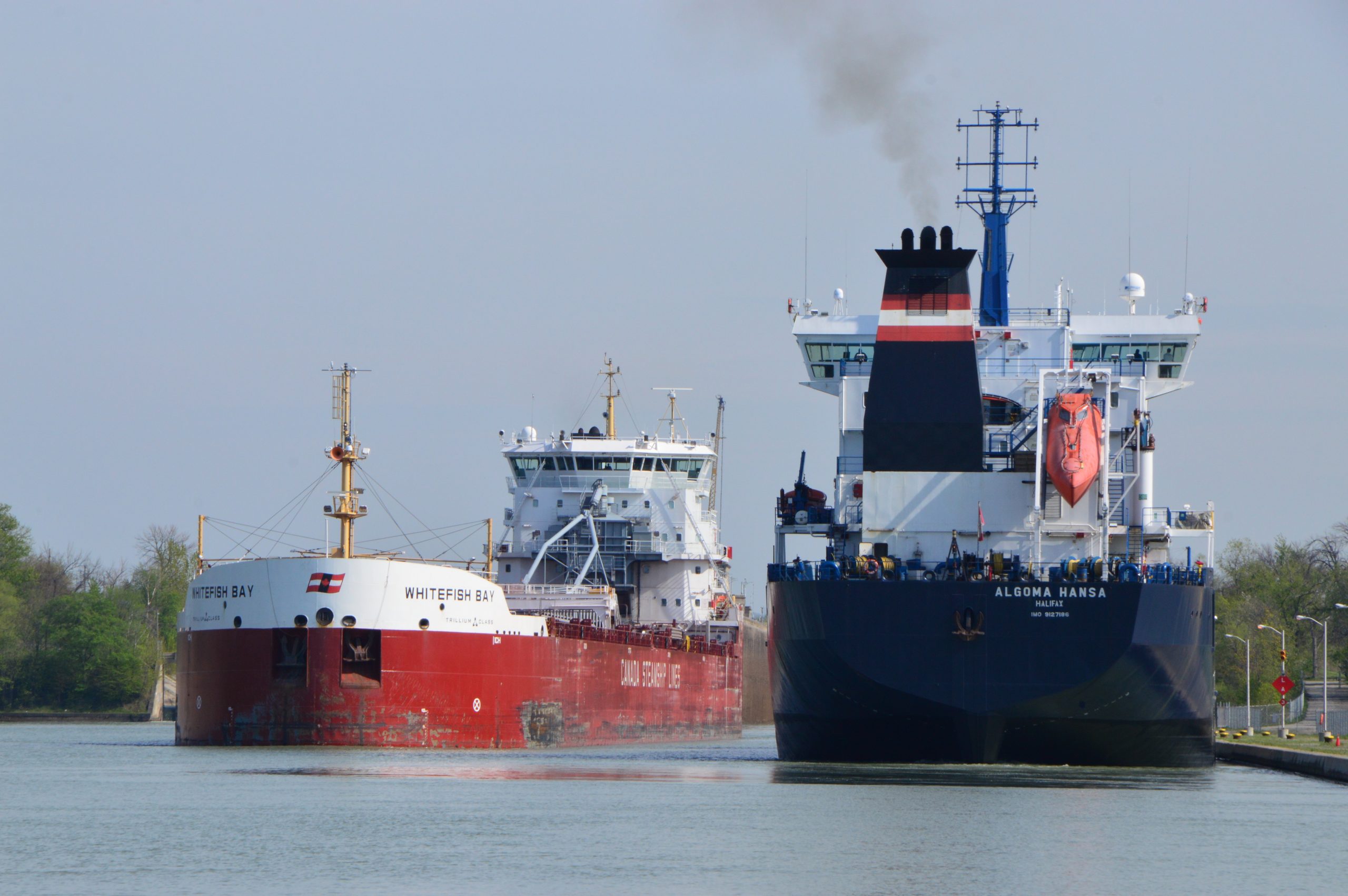The St. Lawrence Seaway today announced its September performance figures, with 23.6 million mt (metric tons) of cargo shipped since the beginning of the navigation season. While overall tonnage is slightly down compared to the previous year, specific commodities demonstrate positive trends that underscore the Seaway’s vital role in North American supply chains, with indications of a strong finish for grain this season.
“As we enter the fall, a busy time for grain harvests, we are ready to support our partners with the immediate capacity to accommodate increased traffic,” said Jim Athanasiou, President and CEO of the St. Lawrence Seaway Management Corporation. “The St. Lawrence Seaway is committed to providing a reliable and sustainable link in the supply chain, ensuring the movement of diverse commodities that contribute to the growth of our economies.”
The Great Lakes-St. Lawrence Seaway System serves as a key transportation corridor, facilitating the flow of essential commodities, such as grain and potash, critical for North American and global economies. This robust system supports over 241,000 jobs and numerous industries while prioritizing sustainability and efficiency in marine shipping.
“September’s tonnage report re-affirms that the Great Lakes St. Lawrence Seaway System is a
dependable shipping corridor enabling U.S. growers, producers, and manufacturers to reach the world economy and keep costs low,” said Adam Tindall-Schlicht, Administrator, Great Lakes St. Lawrence Seaway Development Corporation. “With a busy few months remaining in the 2024 season, we’re confident that Great Lakes ports are ready to finish the year strong.”
Cargos that showed increases compared to the same period in 2023 include:
- Grain: 6.2 million mt of Canadian and U.S. grain, up by 251,000 mt or 4.2%
- Potash: 1.1 million mt up by 200,000 mt or 21% (used primarily as an agricultural fertilizer)
- Petroleum Products: 2.2 million mt, up by 487,000 mt or 28.8%
- Iron and Steel: 1.5 million mt up by 313,000 mt or 26%
(Photo of ships through Welland Canal)


